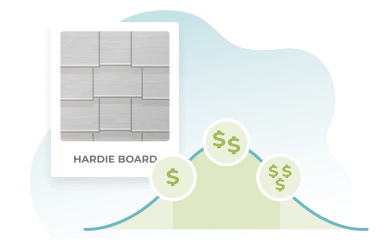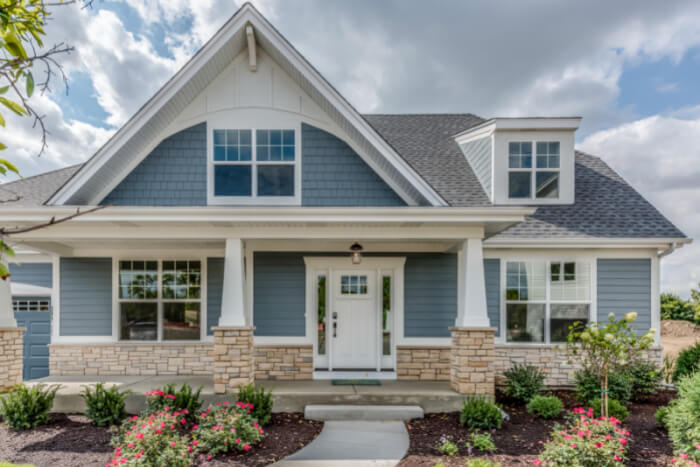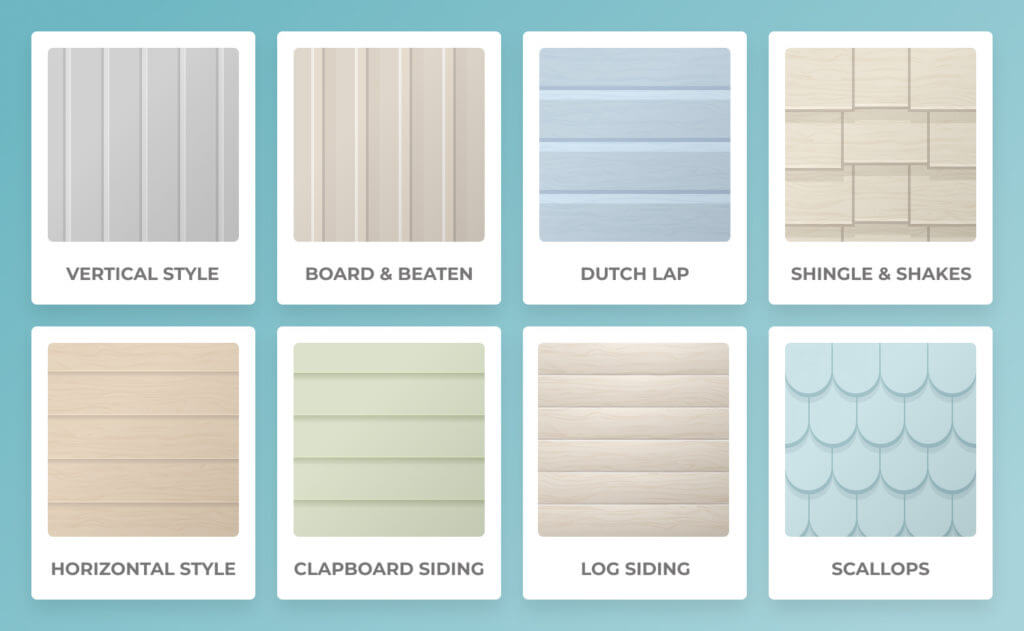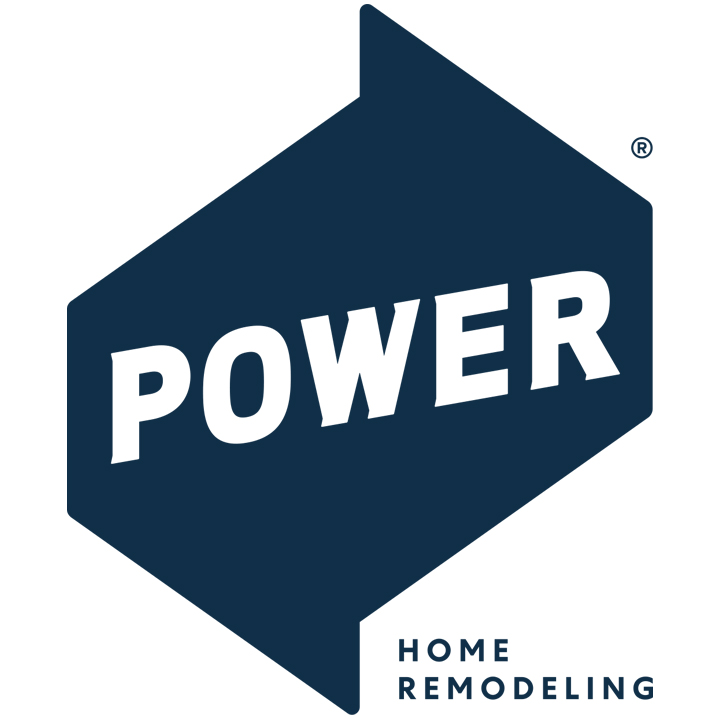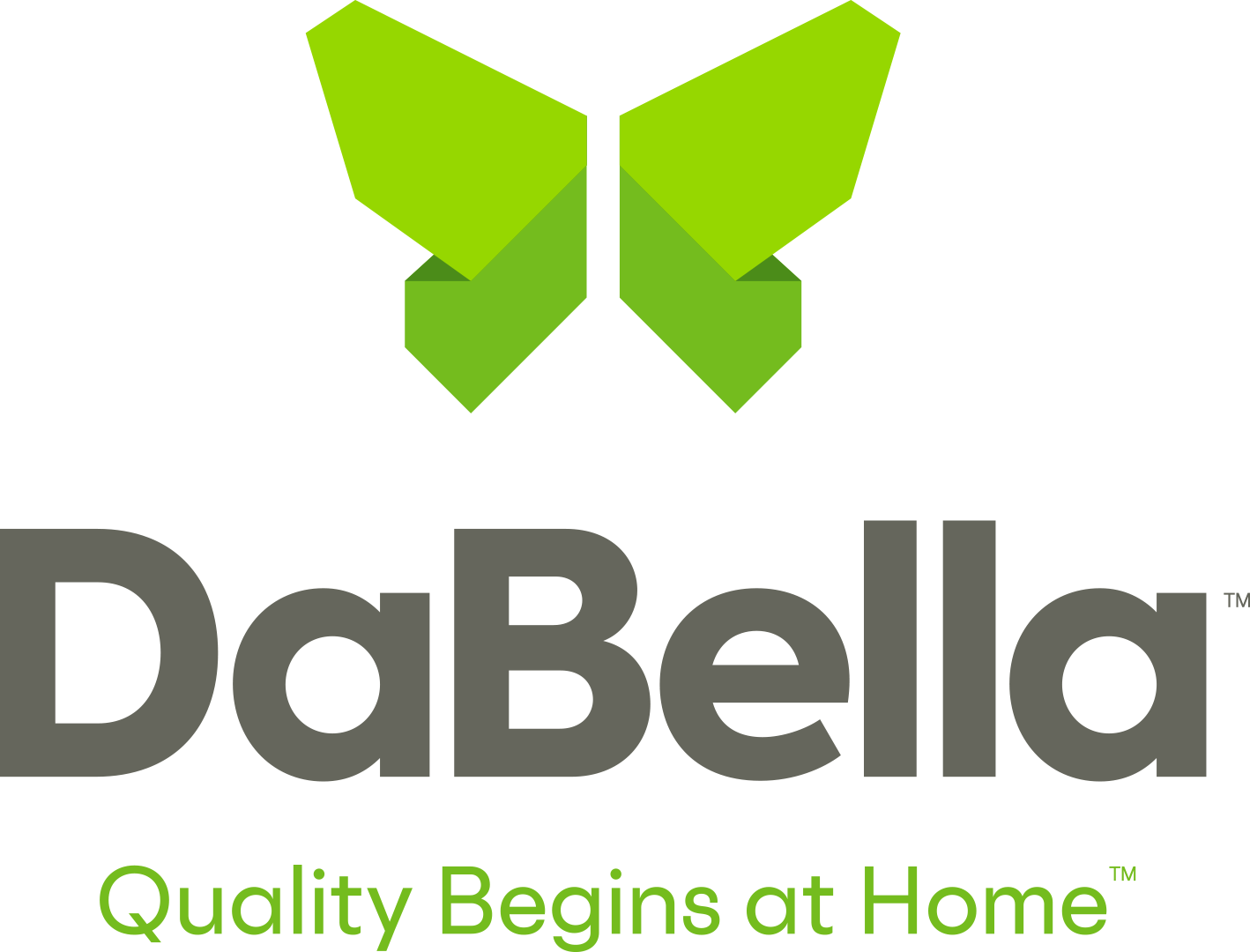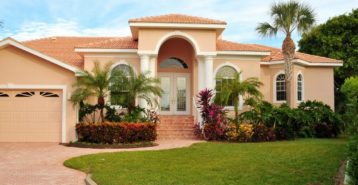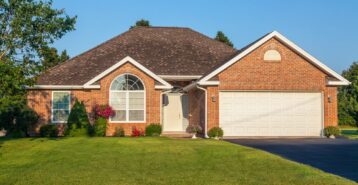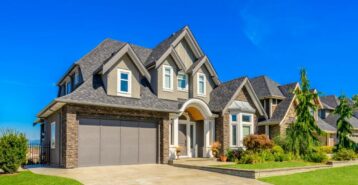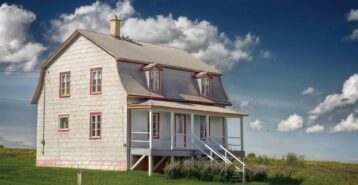Hardie Board Siding Installation
If you are looking to refresh the appearance of your home without breaking the bank, a Hardie board siding installation is a home improvement project to look into. Also known as Hardiplank siding or cement siding, this type of siding originated from James Hardie, giving it its most common name.
What is Hardie Board?
Hardie board is a very versatile siding that allows you to mimic the look of more expensive siding types without needing to pay for the real thing. As a form of fiber cement siding, it is made of cement, sand, and cellulose fibers, making it durable and long-lasting. Whether you want to create the look of cedar shingles, natural stone, or clapboard style siding, Hardie board siding has a solution for you at a more moderate cost with improved durability.
A new siding installation is one of the best mid-priced home improvement projects in which you can invest. Hardie board siding can earn you an 84% return on investment for your home’s overall resale value.
Hardie Board Siding Benefits
There is a lot to love about Hardie board siding. It is a product that you can expect to last the lifetime of your home with relatively low maintenance. It is also attractive in appearance and available in a wide variety of colors and textures to meet your home décor preferences.
Below are several benefits you will enjoy after installing this type of siding on your home:
- Fire Resistance – Hardie board siding is made of 90% sand and cement. This makes it exceptionally resistant to fire damage. You may even be able to get a discount on your home insurance premiums for installing Hardie board siding due to its fire resistance.
- Weather Resistant – If you live in an area that experiences frequent storms including hail and high winds, Hardie board siding is proven to stand up to even the worst storms without sustaining damage. This siding is also rot and insect resistant and can even handle salt spray from the ocean for coastal homes.
- Long Lifespan – This siding can last 50 years or more. Most homeowners will not need to replace their home siding again during their lifetime in the home after installing Hardie board. Verify with your local siding installer, but most Hardie board siding also comes with a 50 year, limited transferable warranty.
- Versatile appearance – Hardie board siding can be made to convincingly mimic just about any other siding material, including wood lap boards, cedar shingles, and wood shake siding. Color options are virtually unlimited. While almost all siding typically experiences fading, Hardie board siding typically comes with a 10 to 15 year warranty on the finish, as well.
Types of Hardie Board
While Hardie board is a type of fiber cement, it comes in several different styles. Homeowners can choose a Hardie board style based on the aesthetic and design they want for their home – whether it is Victorian, Colonial, modern, or Craftsman.
Here are a few popular Hardie board siding styles you can choose from:
- Hardie lap siding. Lap is the most popular siding of Hardie board. It provides a timeless design with horizontal laps, and comes in a variety of textures and colors.
- Board and batten. This type of Hardiplank comes in wide vertical planks with a strip of molding between boards for a rustic look. It works best for farmhouse style or modern homes.
- Hardie textured panels. This style combines wide panels and trims in a variety of textures for a more modern looking home.
- Hardie shingles. Shakes and shingles mimic high-quality types of siding like cedar or wood, but are actually longer lasting and more durable.
Hardie Board Siding Weight
One thing that is important to bear in mind about Hardie board siding is the weight. Hardie board weighs about 300 pounds per 100 square feet, compared to 60-70 pounds for vinyl siding. For this reason, the labor and installation process is more complicated and requires more resources compared to other siding materials.
For instance, your siding contractor will most likely need multiple people to help install it properly. Additionally, when siding is heavier in weight, there are often higher costs to obtain the material due to shipping costs and transporting it to your home. It can sometimes cost the contractor additional resources, such as construction lifts, to make sure they can install it properly – leading to a higher cost for labor and installation.
Hardiewrap Siding Add-On
When installing Hardie board, you will also have the option to install HardieWrap. HardieWrap is a type of weather-resistant house wrap that can decrease your environmental footprint, while also saving you money on your monthly utility bills.
HardieWrap serves as both a water resistive barrier and as an air barrier. It is installed over the sheathing, beneath the exterior siding (cladding) to reduce water infiltration and air infiltration. It also allows potentially damaging water to escape from the building interior.
HardieWrap is typically available by the roll – typically 9 feet by 100 to 150 feet in size. You can expect each roll to cost around $200. Be sure to ask your contractor about whether or not your home needs a HardieWrap layer, and what the total add-on cost will be based on your home’s square footage.
Is Hardie Board Siding Eco-Friendly?
Compared to the most common types of siding (vinyl, wood, and aluminum siding), Hardie board is a very environmentally sustainable choice. It will last the lifetime of your home. Thus, you will not have to send waste to the landfill from having to install new siding every ten years.
Additionally, Hardie board is a brand that is committed to sustainability. They source 90% of their materials from regional suppliers, reducing carbon dioxide emissions from long-haul transportation to production facilities. The manufacturers also employ waste minimization and solid waste recycling technologies to support Zero to Landfill initiatives.
Hardiplank Maintenance Tips
Cleaning and maintaining the siding exterior of your home is key to preserving its beauty and durability. The extent and nature of maintenance will depend on the geographic location of your home, climate, and exposure of the building. Normal care and maintenance for Hardiplank includes:
- Clean siding every 6 to 12 months. Wash down the exterior surfaces with a garden hose or low pressure water spray to remove dirt and debris. For stubborn dirt or stains, a mild detergent and a soft bristle brush may be used.
- Clean out the gutters and downspouts. Routine gutter cleaning prevents blocked pipes and overflows, as to prevent water damage to your siding.
- Reapply caulking as needed. Recaulk the siding when it begins to show signs of wear. This can help keep moisture from getting into the wall cavity. James Hardie recommends the use of caulks and sealants that remain permanently flexible. Look for the words “permanently flexible” written clearly on the label or in the accompanying literature.
- Trim back vegetation and shrubs. This is a good practice to avoid damage to the new siding. Keeping landscaping away from the home and siding will also help to ensure that sprinkler systems do not saturate areas near the building.
Compare top-rated siding pros in your area.
Read real homeowner reviews, explore qualifications, and view promotions. Modernize makes it easy to browse professionals and find one that will be perfect for your project.
